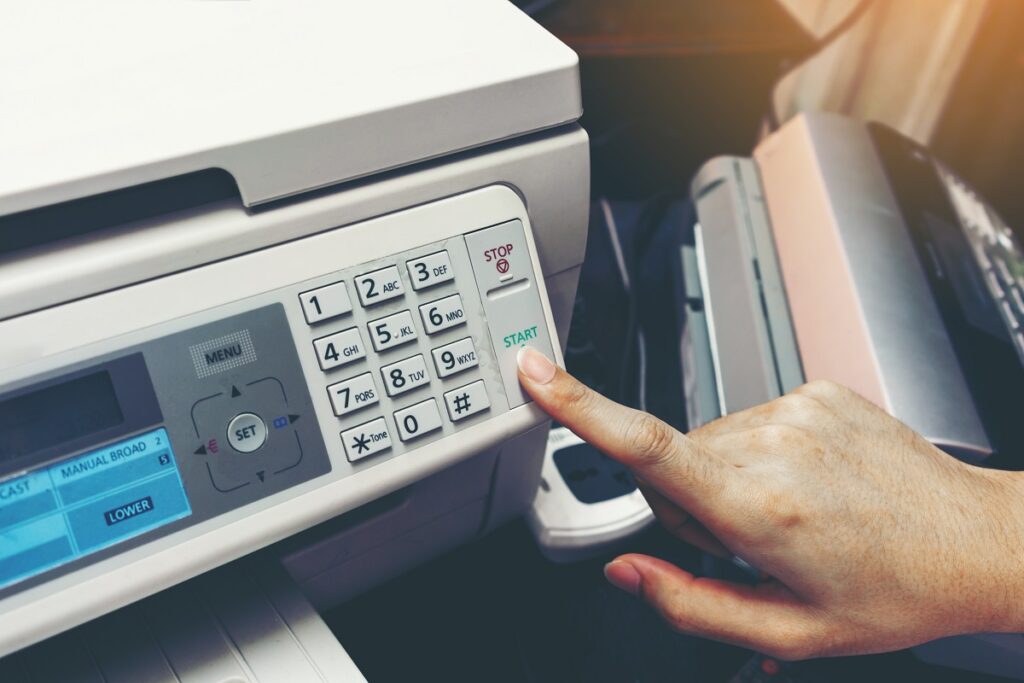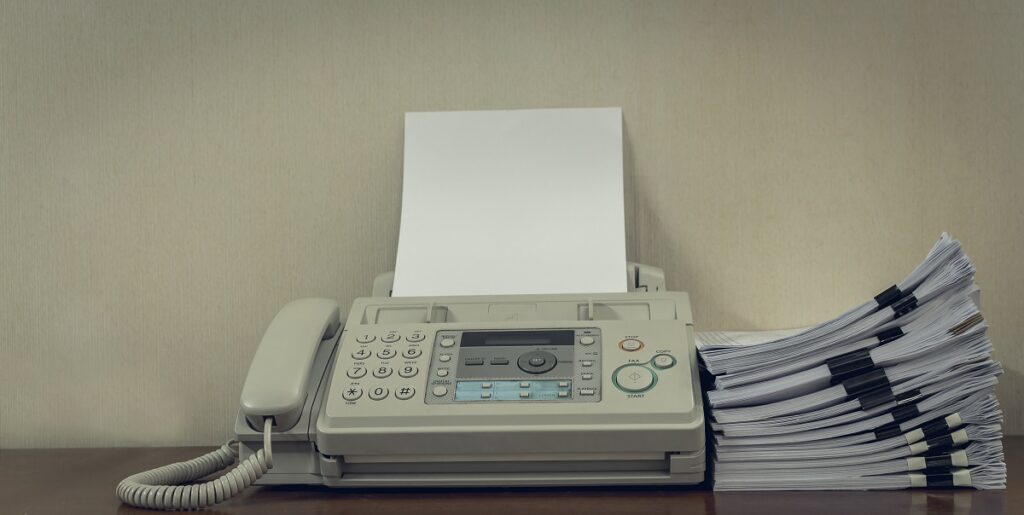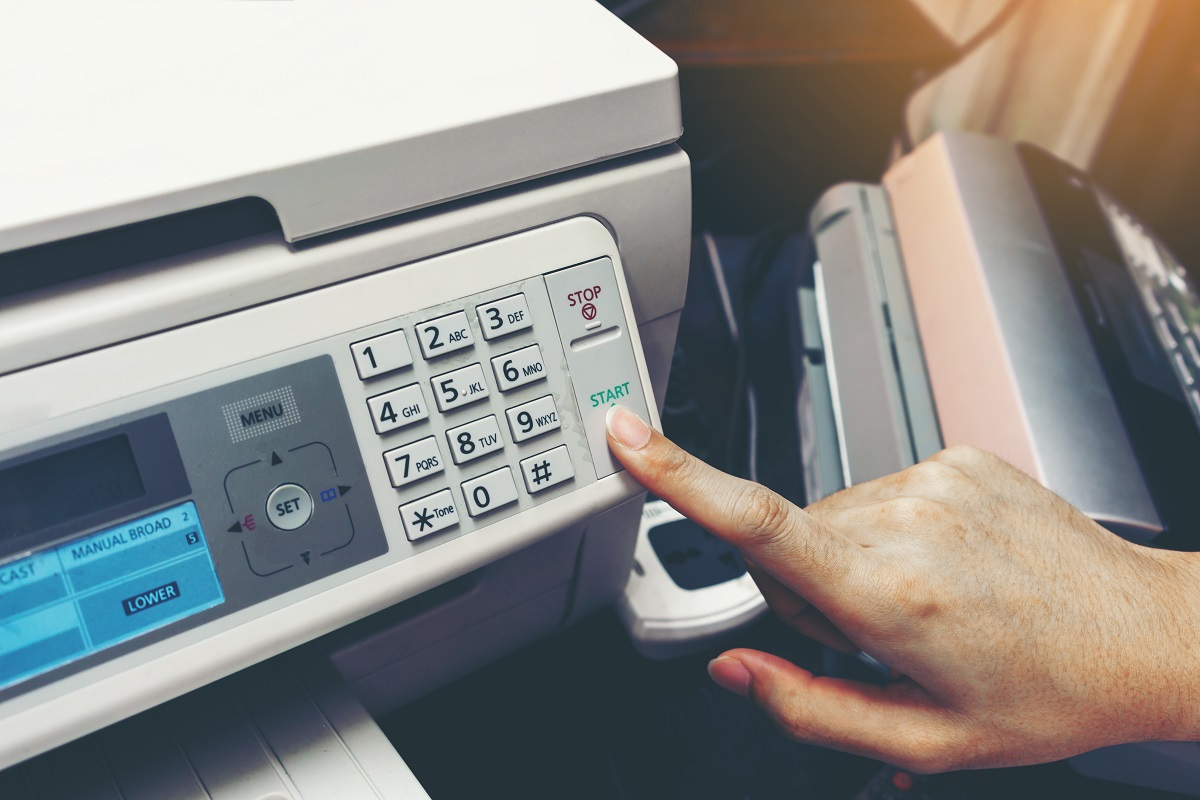
If you’ve ever worked at an office, then you know how important faxing is to the day-to-day operations of any major company. Tens of millions of faxes are being sent every single day, and despite certain voices claiming that this technology is dying out, the number of faxes sent on a daily basis is expected to remain high for the years to come.
A popular notion that fax machines and the practice of faxing have become obsolete in the modern workplace is not true at all. Faxing remains one of the most secure and reliable forms of exchanging important information between different companies or two branches of the same business. As the Internet continues to permeate most aspects of our society, new, digital forms of faxing have become available to further increase the efficiency of this decades-old way of communication.
A fax header is one of the most important parts of any fax you send. It contains crucial information that will help the receiver identify who the sender is without having to decode the source number of the sending fax machine. In this article, we’ll dive deeper into fax headers, what they should contain, and why exactly they are so important.
Fax Header Definition
Located at the very top of a fax transmission, the header is composed of a few pieces of valuable information that not only helps the receiver identify who sent the message to them but also allows them to clear up any issues or confusion regarding the information they’ve received.
At its most basic, a fax header will include the name of its sender, the company they work for, the date of sending, and the dispatching fax number. However, you can include much more information in there depending on the nature of your fax. In the next section of this article, we’ll go over what exactly you should include in the header.
What to Include in a Fax Header
We’ve already established that a fax header helps the receiving party identify the dispatcher, as well as provides some vital information about the content of any given fax transmission. At the very least, a properly formatted fax header should contain three pieces of information: the sender’s name, the date, as well as the fax number of the machine that dispatched the message.
Name of Sender
Oftentimes, the recipient of a fax transmission might not be expecting a message to come through their fax machine. Therefore, including your name in the fax header will help them identify who it is coming from, giving them a hint as to why exactly they are receiving the fax in the first place.
Furthermore, including a name at the top of your fax will make it more likely for the recipient to pay close attention to your message. While they are not as popular as they used to be back in the heyday of faxing, there are still companies and advertisers who use databases of fax numbers to send out marketing messages via fax machines. If the person or company your fax is addressed to is used to receiving “fax spam” on a regular basis, the lack of identifying information might lead to your message ending up in the trash can as soon as it comes out of the printer.
Many people wonder whether they should put their own name on the fax header or rather the name of the company they work for. This depends on the nature of your relationship with the recipient. Let’s say you’re a department head of one branch of a company, and your fax is addressed to your counterpart in another branch. Chances are that they will be familiar with your name, meaning that solely including your personal information will be enough.
On the other hand, if the faxed message is directed at another company, you should always include the name of your workplace in there, as well. In our opinion, it’s best to err on the side of caution and always include your own name, as well as the name of the entire company, to provide a full overview to the recipient.

Date
The sending date of your fax is absolutely crucial, especially if the documents or messages you’re sending contain action items that need to be realized in a timely manner. Including a date in the fax header will help clear up any confusion that might arise with regard to the urgency of the task or information you’re dispatching.
Finally, if you’re sending faxes across different time zones, then the date becomes even more important. Let’s say that you’ve just dispatched a fax to an office with a six-hour time difference. It’s highly likely that they’ll take a look at your message only during the next workday, making it difficult to identify when exactly the transmission was forwarded to them without a date included in the fax header.
Fax Numbers
You might be wondering why you should include the fax numbers in your header if you already had to type it into the machine in order to send it. However, in the unlikely event that you mistyped the destination address when dispatching your message, including the recipient’s and sender’s fax number in the header, will the office that received your transmission by accident fix that mistake by either informing you that they got your fax by accident, or simply forwarding it to the intended addressee.
Alternatively, having your fax number readily available in the header will allow the recipient to get back to you with a reply much more quickly, as they won’t have to look it up in the company’s database. It is a professional courtesy that can go a long way in terms of maintaining a friendly and efficient business relationship.
Why Are Fax Headers Important?
In a nutshell, fax headers are crucial to include in your communications because they inform the recipients about the nature of your message and its urgency, as well as provide them with some basic information that helps them quickly identify and organize the documents. It enables businesses and company branches to efficiently exchange vital information and ideas without having to resort to unnecessary back-and-forth calls and e-mails in an attempt to identify the source of any particular message.
While having fax headers in your transmissions is not required by law, it is a commonplace practice that exhibits your professionalism and attention to detail.
Fax Header vs. Cover Sheet
As opposed to a fax header, the cover sheet is a single sheet of paper that gets dispatched ahead of your main message to let the recipient know what it will contain and who they’re getting it from. In a way, it’s quite similar to the fax header, but you can also include a confidentiality disclaimer and a summary of the fax’s contents on a cover sheet in order to ensure that the following information will be handled properly. Most (if not all) of your professional faxes should contain both a header and a cover sheet.
Create and Edit Your Fax Headers Easily With FaxBurner
While the prevailing opinion that the practice of faxing is dying is definitely premature, the truth is that nowadays, there are plenty of other convenient ways to transmit your faxes without resorting to the use of a fax machine. One of these is FaxBurner, our unique online service that allows you to use your iPhone, Android smartphone or laptop to send and receive traditional faxes in the blink of an eye.
With FaxBurner, you can easily create a fax header or cover page template you can apply to any and all of your fax transmissions so that you don’t have to edit them individually every single time you send a fax. As part of our premium subscription service, you’ll receive a permanent fax number that you can use across multiple devices. Not only does it allow you to send faxes just like you would from a regular fax machine, but it also enables you to receive them from such devices directly to your e-mail inbox.
The Bottom Line
Sending faxes is as popular in 2023 as it was back in the 1990s, despite what some naysayers might claim. However, due to the fact that this technology has been around for decades now, many newcomers might be confused about certain aspects of faxing. Hopefully, this article has cleared up any doubts and confusion you might have had about fax headers and how to use them in order to ensure maximum clarity and efficiency in your professional communications.
Understandably, traditional fax machines may pose a mystery to the younger generations and new office workers, which is why solutions like FaxBurner exist. We bridge the gap between the old and the new, allowing users to send and receive faxes through their Internet-enabled devices. Head over to our website to find out more about our services, and check out our blog for more useful tips on everything that has to do with faxes!


